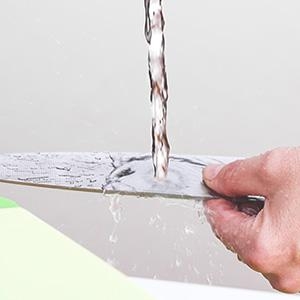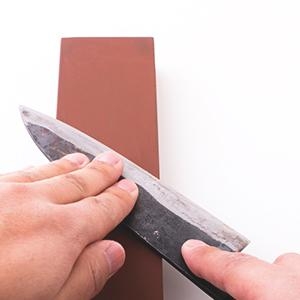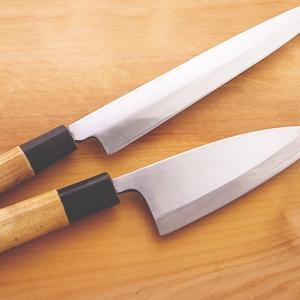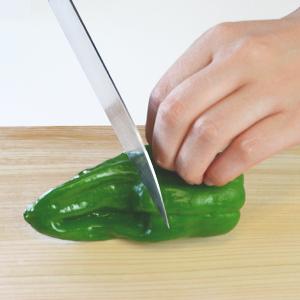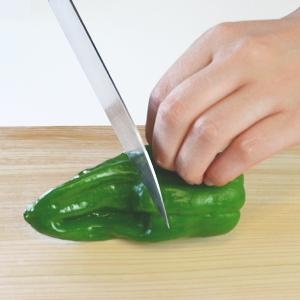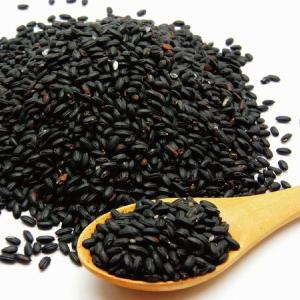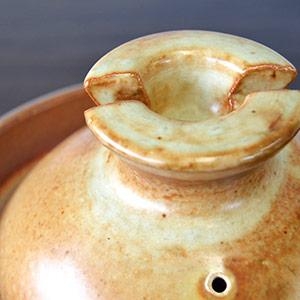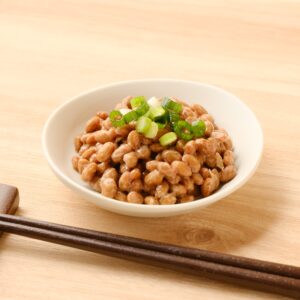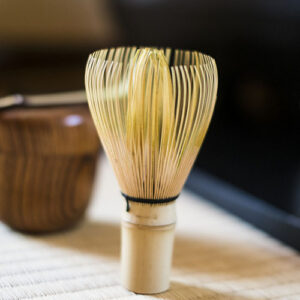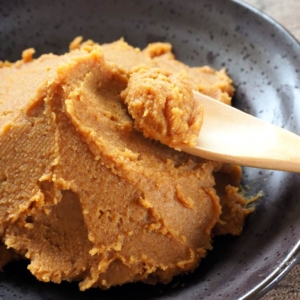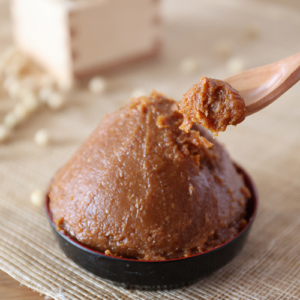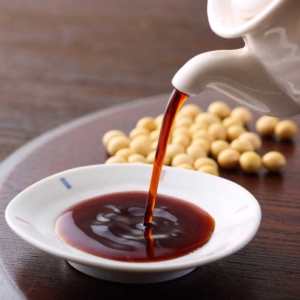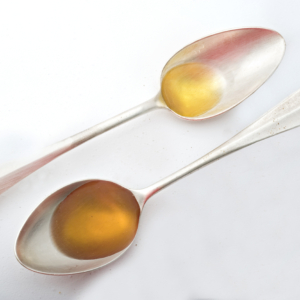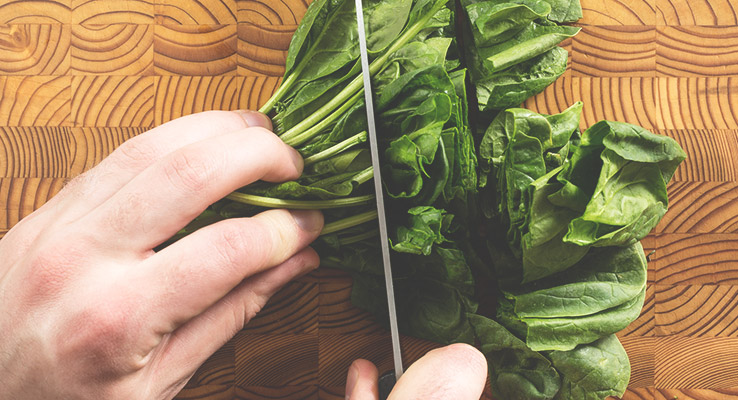
This is the second part of learning more about kitchen knives.
Last time, we have introduced the type of kitchen knife and how to choose kitchen knife by its varieties.
For you who are looking for one that suits you, did you find some good references?
Now, the 2nd and 3rd parts will talk about how to use the kitchen knife carefully.
This time, we will talk about how to use the knife properly.
For you who use the kitchen knife every day, you might be already known how to use it.
We will show you, so you can also compare it with your way of using the knife.
This way, maybe you can find helpful methods about how to cut smoothly.
How to Use the Knife Properly
We will introduce the basic usage of the kitchen knife.
Even though a knife is a hazardous tool, but it is a must-have kitchen tool.
So, please try to use a kitchen knife safely.
For that, let’s understand how to handle the kitchen knife properly.
By knowing how to use it according to the ingredients or raw materials, cooking should be more enjoyable.
For Safe Use
Check the Cutting Board
It is hazardous to use a kitchen knife when the cutting board is moving.
We recommend you to use the cutting board by putting a slip stop, etc.
Keep your hand and body at a suitable distance between the cutting board and kitchen knife.
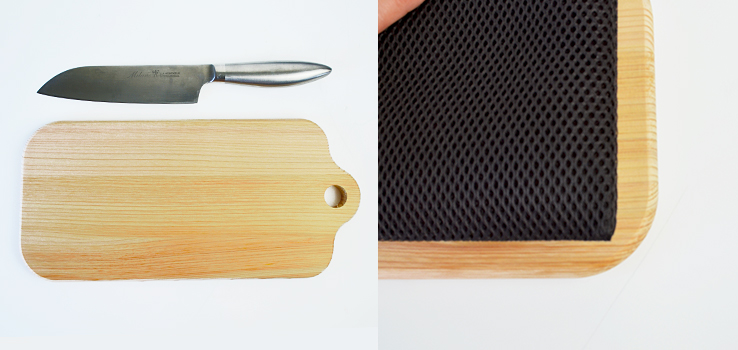
Cutting board, how to hold the knife and distance with the ingredients
First, place the food sideways parallel to the cutting board.
Hold the kitchen knife, keep it cross-vertical with the ingredients.
However, if you actually do this, you will find that it is tough to hold vertically, but it is vital to keep your body in the proper position to the cutting board.
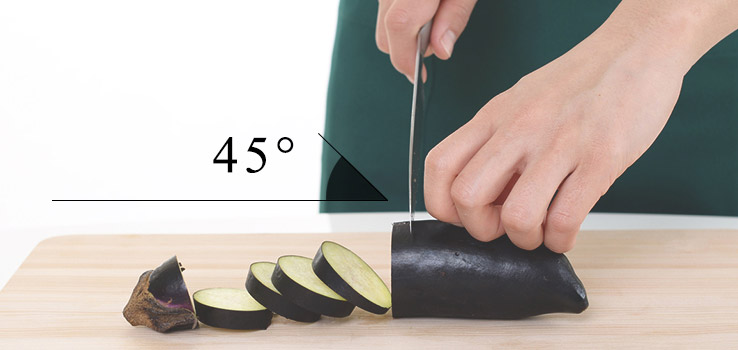
Basic position: Stand parallel to the cutting board, keep the diagonal position by pulling a half step on your left foot if the kitchen knife is on the right hand.
The angle between the cutting board and the waist is about 45 degrees.
Hold the food materials with ‘Cat-hand’
It is hazardous to cut the food materials with your finger out.
Bend the joint of the finger, keep it to look like ‘cat-hand’.
Keep your hands, knife edge, and food materials in a close distance. Keep your hands, knife-edge, and food materials at a close distance. Let’s cut at the length where the joint of the bent finger touches the blade gently.
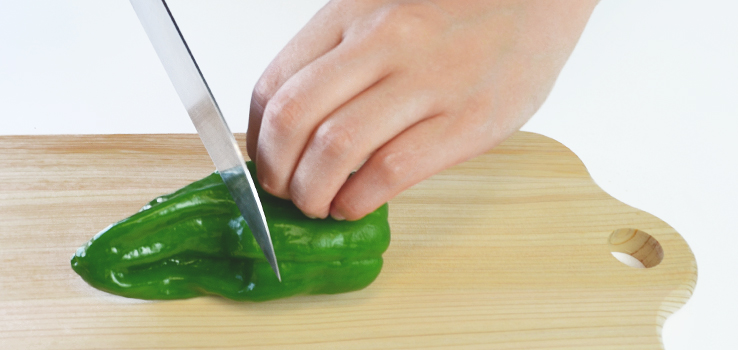
To Cut Properly
How to cut according to food materials the methods
You can cut by pushing the kitchen knife from above, pulling it towards you, or moving it back and forth.
There are two main cutting methods, “pressing” and “pulling out”.
Change the cutting method according to the kitchen knife, food materials, and uses is recommended.
Push-cutting
Use the weight of a kitchen knife.
Cut from the cutting edge towards the blade while pushing the knife forward.
Vegetables are originally stiff. So, when you cut the root crops, foliage plants, or something else together, you can cut it sharply with force.
It is good to slice up finely while constantly cutting from above in the ‘push-cutting’ range.
Furthermore, this cutting method is also recommended to cut meat with bone or hard meat.
In general, ‘Western kitchen knife’ has a suitable structure for cutting with ‘push-cutting’.
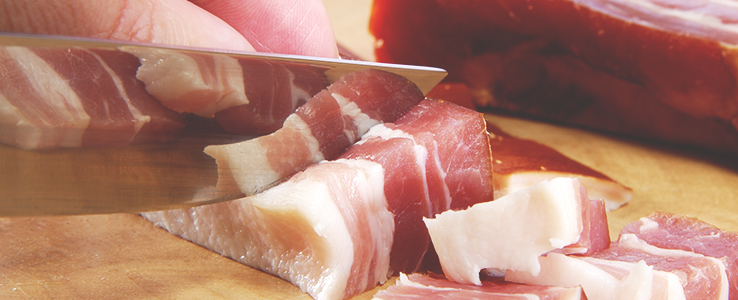
Slicing
Use the whole blade, cut while sliding.
By cutting while the blade is sliding, you can cut sharper and finish the cut surface more beautifully. When you cut some soft food materials such as fish, do not break them as much as possible.
In addition, when you will cut sashimi, use the ‘slicing’ method so that the beauty of the cut can stand out. A suitable kitchen knife for this type of slicing is called a ‘Japanese kitchen knife’.
Many kitchen knives that handle fish, such as sashimi, are mostly long with cutting edges.
By using this blade for a long time makes it more beautiful.
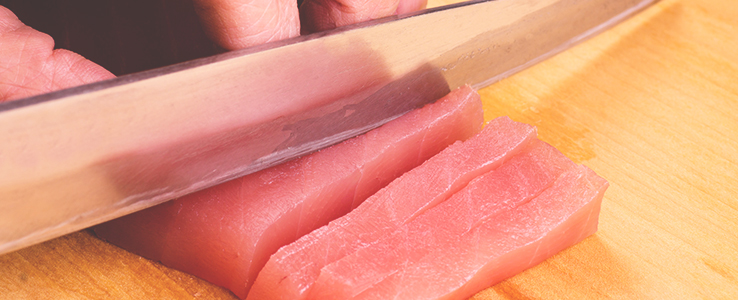
Peel off / To craft
When you are peeling the skin and craft the food materials, hold the handle of the kitchen knife tightly, hold the blade edge with the thumb, index finger, and middle finger.
It is good to cut with the corner of the blade. Knives with a long blade are not suitable for these tasks.
At home, you may choose a small kitchen knife such as a petite knife.
How was it? Even though it was only introductory, we’d really appreciate it if you could use it daily.
In the next part, we will introduce you to taking good care of the kitchen knife.
